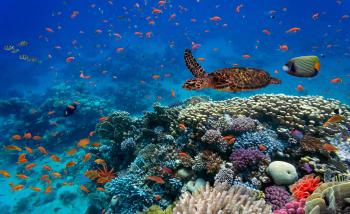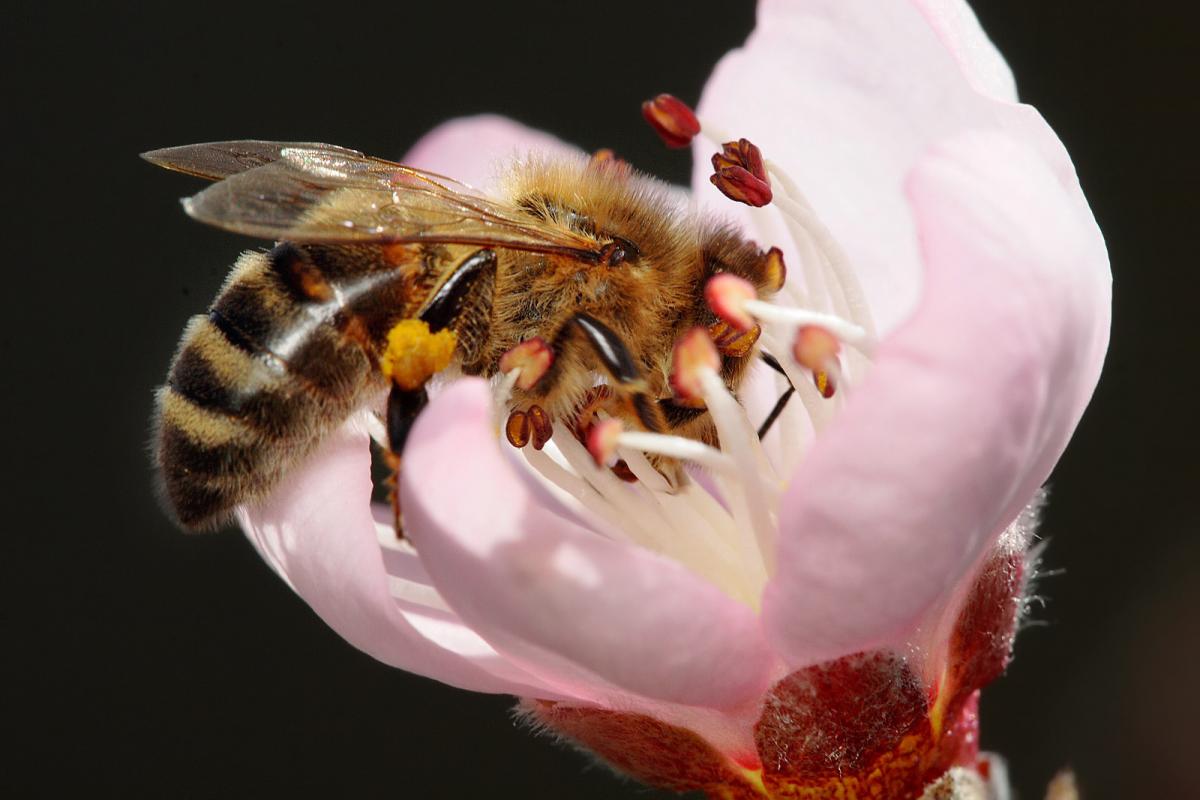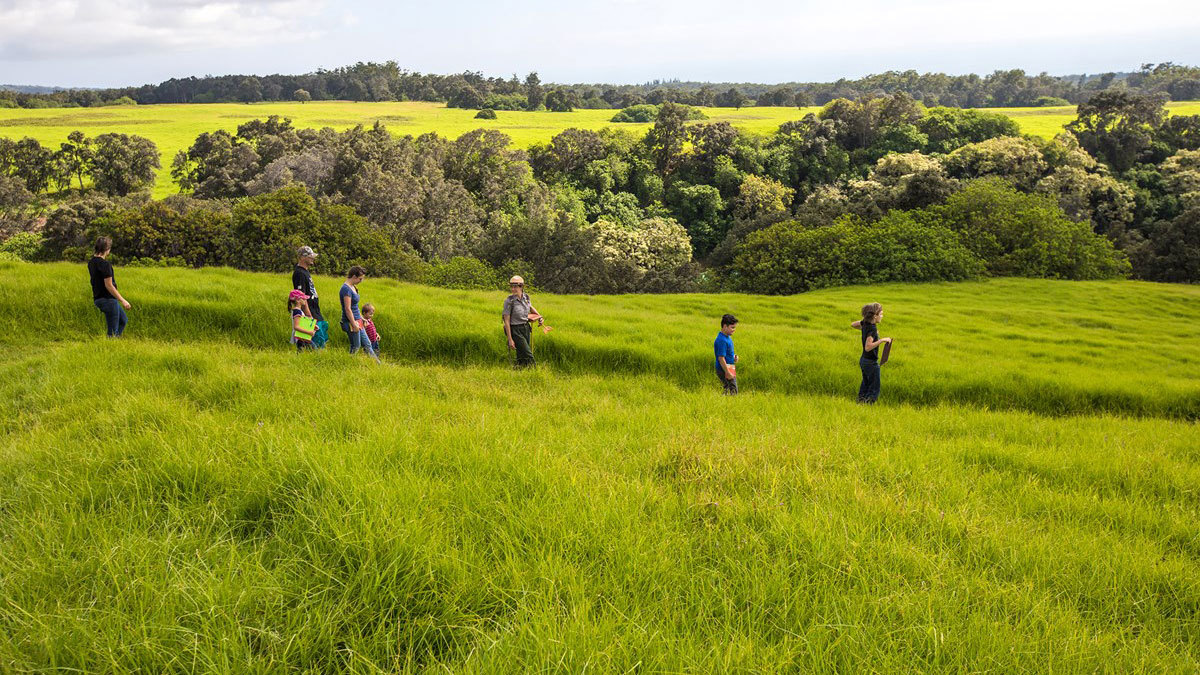
Interconnections
When we look at the biodiversity of an ecosystem, we don’t just look at individual species but how everything is dependent on everything else—like cogs in a wheel. It shows us that everything is interconnected.
“When we try to pick out anything by itself, we find it hitched to everything else in the universe.” John Muir said in My First Summer in the Sierra in 1911
We value biodiversity for what it is, in its own right. And we value biodiversity for what it provides to us.
“Without biodiversity, there is no future for humanity,” says Prof David Macdonald, at Oxford University.

Biodiversity supplies us with everything we need including oxygen, shelter, food, water and even medicine. It protects us from natural disasters, captures greenhouse gases and reduces the impact of climate change. The incredible diversity of pollinators assures us a secure food supply. These are all called ecosystem services.
Here’s a cool video about ecosystem services.
Health
In addition to services, researchers found that the complexity of nature is important for human health. Nature heals, soothes and restores. Studies “point in one direction: Nature is not only nice to have, but it’s a have-to-have for physical health and cognitive function.”
30 x 30
Protecting biodiversity is key to giving animals and plants resilience to survive climate crisis. Recognizing all of the reasons that biodiversity is important, there’s a worldwide effort to protect 30% of both land and ocean by 2030. Some researchers have put a value on that protection. And there’s an effort here in the United States.
Researchers have found that protected marine areas will safeguard marine life, and increase food security while reducing carbon emissions.

A park ranger leads a hike through the Kahuku unit of Hawaiʻi Volcanoes National Park. NPS PHOTO/JANICE WEI















